
Liv.e
Nondi_
Deerhoof
Sightless Pit
Xylouris White
B. Cool-Aid
Schobbee
Marta and Tricky
Liturgy
Lonnie Holley
Zubin Kanga
MC Yallah
Guided by Voices
The Melvins
Shit and Shine
_____________
Liv.e HowTheyLikeMe!
‘”You have this song called “Lake Psilocybin,” and I’m curious about your thoughts on mushrooms as a pretext to creativity and self-awareness and looking at things from a different angle.” — Oh, that shit is so clutch. Honestly, I was writing before I did ’shrooms and psychedelics and acid and shit. But once I did — I might have done acid before I did ’shrooms, which is kind of crazy.’ — Vulture
_____________
Nondi_ Long Ago
‘Tatiana Triplin, who makes music under the name Nondi_, reimagines footwork, a frenetic and fast-paced subgenre of electronic music that has spread far and wide from the dance halls of Chicago. Flood City Trax, released earlier this month on Planet Mu, was influenced by the historic floods of Triplin’s home of Johnstown, Pa. “Sun Juke” is submerged under layers of filters, a departure from footwork’s typically clear and precise drum work. Like the photo on the album cover, the song is smudged and degraded, a mysterious artifact that unearths secrets if listened to close enough.’ — Miguel Otárola
_____________
Deerhoof Sit Down, Let Me Tell You a Story
‘Deerhoof are at both their most whimsical and most energetically approachable on Miracle-Level, their 19th LP. Billed as the first Deerhoof album written entirely in Matsuzaki’s native Japanese, it is also the first to be recorded from start to finish in a proper studio. The album was produced by Mike Bridavsky, better known as the “dude” of the late online-celebrity cat Lil Bub, but Deerhoof’s air-quotes “studio debut” doesn’t so much smooth their scruffy charm as sharpen it up. Concentrating only on songs that could be done in one live take, with minimal overdubs but ridiculously lavish guitar textures, it’s a confident set of tiny epiphanies.’ — Marc Hogan
_____________
Sightless Pit Calcified Glass
‘Sightless Pit is the project of duo Lee Buford (The Body) and Dylan Walker (Full of Hell). Buford and Walker are born collaborators, known for their ability to subvert musical expectations, transcend genre and plunge headlong into the unknown. Their work with the likes of Thou, Uniform, Merzbow, and Nothing, taken together with their The Body & Full of Hell albums, have established each as singular voices and masterful alchemists of heavy music. The duo shares an affection for rhythm-based beat music, disparate electronic genres, dub, as well as darkly-hued atmospheric ambience. Lockstep Bloodwar exceeds expectations by stunningly combining the noise and confrontational posturing they are both well known for with pulsing and kaleidoscopic electronic samples, drum machines, and grizzled synths.’ — Thrill Jockey
_____________
Xylouris White Red Wine
‘Xylouris White is firmly rooted in the past and future. Playing Cretan music of original and traditional composition, the band consists of Georgios Xylouris on Cretan laouto and vocals and Jim White on drum kit. Xylouris is known and loved by Cretans and Greeks at home and abroad and has been playing professionally from age 12. Jim White is an Australian drummer known and loved throughout the world as the drummer of Dirty Three, Venom P Stinger and now Xylouris White.’ — skiddle
_____________
B. Cool-Aid Wassup
‘Pink Siifu and producer Ahwlee named their group B. Cool Aid after brown Kool-Aid, a potion made by mixing so many flavors of the powdered beverage that the colors smear. “I was like, ‘Oh shit, that’s us,’” Siifu reflected in a Fader interview. “We mix everything together, and it’s Black too.” Brown Kool-Aid has no set recipe, but it is inevitably sweet and smooth, a standard he and Ahwlee aspire to in their fluid collages of neo-soul, rap, and jazz.’ — Stephen Kearse
_____________
Schobbee Turkish Man Yelling Meow At An Egg
‘Schobbee is film editor and composer Rik Chaubet. Poe’s Law is an album of internet audio gargled by film editing software. The result is a torrent of in-the-red glitch, digital concrète and corrupted beats like a GIF turned necrotic. Its name comes from what Wired magazine, in 2017, dubbed the most important phenomenon on the internet. ‘Poe’s Law’ is, to paraphrase, the inability to detect online whether someone is being serious. Grasping at the difficulty in detecting nuances like sarcasm and irony in cyberspace, the idea resonates with longer running philosophical musings on the distance between intention and interpretation. The distortions in communication.’ — Daryl Worthington
_____________
Marta Złakowska/ Tricky When It’s Going Wrong
‘When It’s Going Wrong does a lot with very little. The nine-track album lasts barely over 19 minutes—a downright astonishing runtime, given how developed and complete it sounds. Tricky’s arrangements, inventive and fast-shifting as ever, account for part of this, but the credit also lies in Marta’s gift for beckoning you into the mood.’ — Katherine St. Asaph
___________
Liturgy 93696
‘For over a decade, Haela Ravenna Hunt-Hendrix has cloaked her shapeshifting metal band Liturgy in a dense matrix of symbology. Diving into her Substack and YouTube channel, where she connects dots between Marxist thought, the Upanishads, Thomas Aquinas, and Aleister Crowley, can be as enlightening as it is mystifying. For all of Hunt-Hendrix’s theorizing, though, the music has always been thrillingly physical. It’s one thing to read about her concept of the “burst beat” and how her rapid-fire rhythms are intended to induce a state of awakening and transformation. It’s another thing to simply feel it.’ — Sam Goldner
_____________
Lonnie Holley Kindness Will Follow Your Tears
‘Holley is a self-taught visual artist who specializes in vast, sprawling sculptures and found-object assemblage—work that he fashions from discarded materials such as animal bones and abandoned shoes and pieces of steel and which has made its way to the Metropolitan Museum of Art and the Smithsonian American Art Museum. Throughout Oh Me Oh My, he applies a similar approach to music, creating unorthodox and moving songs out of the trauma and raw life materials that others would rather forget or discard.’ — Zach Schonfeld
_____________
Zubin Kanga Car-Pig
‘The album is the result of the four-year research project Cyborg Soloists, funded by the UK Research and Innovation Future Leaders Fellowship at London’s Royal Holloway University and commissioned from a number of composers working with bleeding-edge digital instruments. In a sense, it’s a showcase of all the ways in which contemporary technology can exist in a symbiotic relationship with art, from physical interfaces like MiMU sensor gloves to, yes, AI-generated sound sequences. On the opening ‘Car-Pig’, composed by Alex Paxton, we hear a deranged symphony of cartoon effects packed into sampler keyboards – from alien oinks to wheezy concertina yowls – excite themselves into a hyperspeed, pitch-shifted jazz soundtrack to a Tom and Jerry chase.’ — Antonio Poscic
______________
MC Yallah Yallah Beibe
‘Born Yallah Gaudencia Mbidde in Kenya and raised in Uganda, MC Yallah has been involved in East Africa’s rap scene since 1999. Alternating rhymes in Luganda, Luo, Kiswahili and English, her conscious, poetic and experimental style was slow to creep into Uganda’s mainstream. Following a brief but necessary hiatus, she returned to the stage in 2018 with a new lease of life accepting her role as a central component of the Nyege Nyege/Hakuna Kulala family. The finished album is an international patchwork of futuristic cyber-rap experiments fastened together by Yallah’s unforgettable personality and elastic flow.’ — Movinapes Productions
______________
Guided By Voices Face Eraser
‘Pollard may release a lot of music, but his commitment to simultaneously (and sometimes indulgently) navigating many separate corners of his own signature sound leads us to assume that he is never done searching for what sound or album or song might, actually and substantially, define his music. The questions that are often asked of long-tenured “legacy” artists are a) whether a new release holds up to releases from years past and b) what target market the artist is looking to strike–old fans or new? Of course these new Guided By Voices albums are roughly as good as those released twenty years ago, but answering the second question is not as easy. Is Pollard looking for new Guided By Voices fans in 2023, or is he continuing to move at this pace in order to regain access to the Guided By Voices fan within himself? Forty years in, Robert Pollard the musician has nothing left to attempt, nothing left to really try for the first time. As he clearly sees it, though, he has plenty left to perfect.’ — Jack Peterson
______________
The Melvins Grinding Process 2023
‘The Melvins have their 40th anniversary this year & we’ve got quite a few projects in the pipeline to celebrate & the first one is ready to go. So here’s the deal. 1 Album with 2 versions of the same songs. One half of it is the tracks from the sessions recorded in 1986 for the Melvins first 7″ EP record. The other half is those same songs re-recorded in 2023, this time with Steven McDonald on bass.’ — Shoxop
______________
Shit & Shine Annoyed
‘Kicking off New Confusion in over caffeinated style ‘Annoyed’ is an unstoppable roller, a satisfyingly relentless wave of blown out bass, carrying all before it and powersliding straight into your ‘best of’ playlist. Sketchy but reliable contractors, Shit & Shine have pulled off several versions of this trick before of course, and that’s why you love them, but ‘Annoyed’ is a particularly overwhelming new shake up of the familiar ingredients. Deep below its surface sickly detuned drones and hair metal guitar fight over the last of the damp drugs.’ — Jared Dix
*
p.s. Hey. ** Dominik, Hi!!! I thought I had made an earlier picnic basket post. I wonder where it went. If I manage to hit the city at all when I’m in Vienna, I’ll pass along discoveries. ‘So bad it’s good’, yeah, I can see that thinking back. I’m not remembering the twins. Wait, the two guys who keep propping up the dead guy? I know bananas are popular, but I still think they’re underrated as a taste sensation, especially when incorporated into something. Banana bread, for instance. Love making my left earphone work properly so I don’t have to pinch it with my fingers to get sound out of it when I’m listening to something, G. ** A, Hi, I wrote to you this morning. Sorry for the ill effects of my being swamped. I do know The Voluptuous Horror of Karen Black and Kembra Pfahler, or I mean I know the work, not her personally at all. I like the work, duh. She’s in Paris. Weird. ** Jack Skelley, Steal away! I’m going to steal your title call my next novel ‘Kear of Fathy Acker’. Hopefully no one will notice. ** David Ehrenstein, The production design on that ‘Picnic’ clip is cool. ** Misanthrope, Agreed. I think maybe I like them because they’re like the experimental fiction of place setting or something. It’s nice that someone so high up in the agency smokes. Tennis is back? Wait, tennis never leaves, does it? Blasting music can kill malaises. Music you like a lot, obviously. I blasted that Guided by Voices song up there about seven times in a row yesterday, and I felt like Godzilla. ** _Black_Acrylic, I was going to say I’ve never eaten a teacake, but actually I have, they just don’t call them that in the US. I can’t remember what they call them. ‘A unique brand of puke football’! What in the world does that even mean? It almost sounds kind of exciting? ** CAUTIVOS, Hi, buddy! Huh, I admittedly have a primitive browser, but I couldn’t figure out what you were linking me to? A black t-shirt? Thank you in any case! ** Philip Hopbell, Hi, Philip. Oh, lucky you. I wonder if the French don’t do picnics as a rule. I live right next to the Tuileries, and I’ve never seen a single person/couple/family sprawled out or huddled around a picnic outlay. Ibiza, nice. Do you know the Sparks song ‘The Rhythm Thief‘ aka ‘Lights out, I-bi-tha’? It’s always the first thing I think of when people reference that place. Have fun. ** T, Howdy, T! How’s Paris been treating you? I heard there was a lot of garbage everywhere smelling up the place for a while. I’m honestly sorry I missed that. The film was great, intense, exhausting. Problems up top vis-à-vis money, no surprise, and organisational crap, but it was a dream. I can tell you whatever you want to know about it when I see you. Iow, yes, let’s hang! Except for a short trip over to Vienna early next week, I’m around. The Paris/Pinault screening has been delayed until next year, happily for us. If we can manage to get a solid cut by October, we’re going to take to LA and show it to the cast and crew, and do Halloween while we’re there. When’s good to meet up? Give me a shout, and let’s plan it. Love back to you from me. ** Bill, Right, ‘Basket Case’. It should have been so much better. ‘The Detweiler Boy’, no, I haven’t read it. It’s now on my list. Or the new Kelly Link. Ditto, but at the top of my list. ** politekid, Hey, Oscar. That does sound exciting: Mike Nelson. I’m going to do a big hunt for him/his today. Oh, wait, I just watched the clip you shared, and I do know his stuff, but not in person. His stuff has been a post or two here. Huh. I’d love to see that show pretty badly. ‘Tudor Liveliness’ is a really good title. And it sounds pretty fascinating. Huh. Maybe I’ll score it. Congrats to her. She sounds pretty interesting. Do you guys click personally? Thanks, and all sorts of resonances to you. I’m going to see this interesting art writer guy Yves-Alain Bois do an event on Friday. Might be curious. ** Steve Erickson, One has to believe your doctor knows best. Sounds sensible. I like the shift in your film’s concept. I started listening to your new album yesterday and really like it so far. Kudos. ** Nick., Hey! I’m sure we’ll show the film in NYC. Ideally I’ll get over there even before as I haven’t been in NYC for forever, and it would great to meet up! The basement scene sounds lovely. And the new (?) boy and the related chilled passion. You do sound really good. Really happy to hear it. Yep! ** Cody Goodnight, Hi, Cody. I’m good. It’s weird because I really love the idea of a picnic, but every memory I have of having been at one revolves mostly around shooing insects away from the food. I love early Disney films too. And I adore the theme parks obviously. Or most of them. ‘Pinocchio’ is my favorite Disney film and I think one of my all-time favorite films period even. Your tomorrow, or, wait, today sounds so rich. I need to start watching things again. I’ve been too busy just outputting for too long. Have a superb one. ** Kyle, Hi, Kyle. Yes, my apologies for being so slow. The film thing has been really all-consuming. But thank you for the nudge, I’ll do everything in my power to watch your film this week and let you know. After the big and ongoing money hassles around making ‘RT’, I am really wanting to go micro-budget next time. I’m kind of with you about ‘House of Leaves’. I love the idea/concept, but I wasn’t so into the follow through. His writing kind of irritates me and doesn’t really ever go … I don’t know … deep or poetic or something enough to become seductive for me. I don’t know, but, yeah, I think I’m with you. ** Okay. I made you a gig of some musical odds and ends I was listening to when (not) working on the film, and I thought I’d do a share. See if anything strikes you. See you tomorrow.

















































































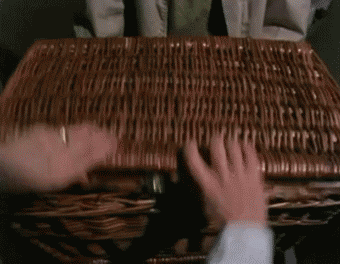











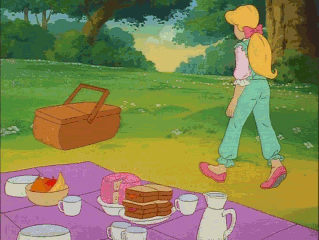
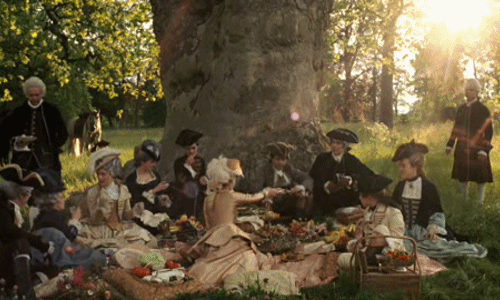
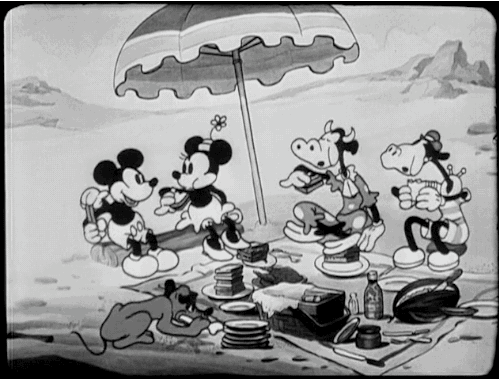













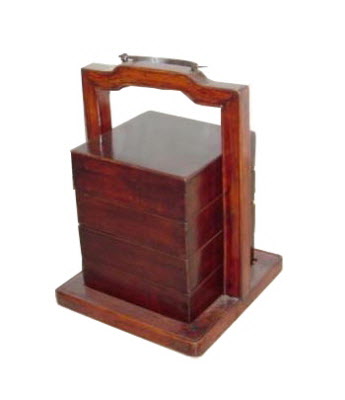
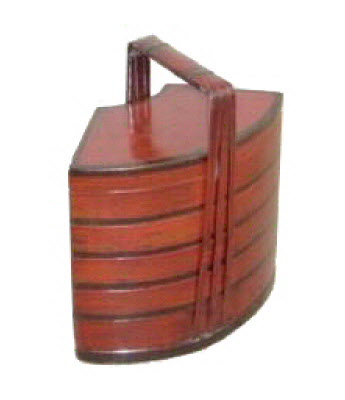
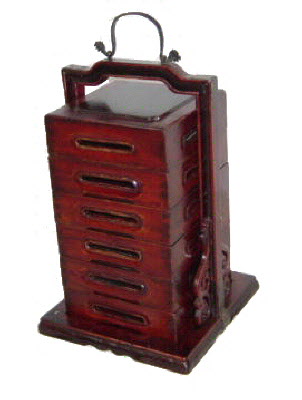
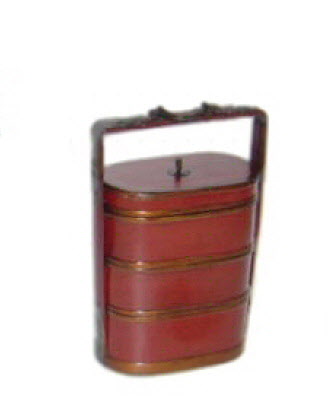










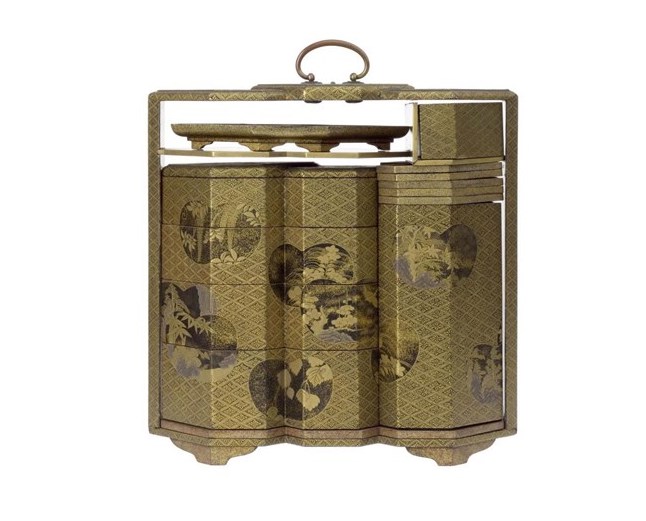




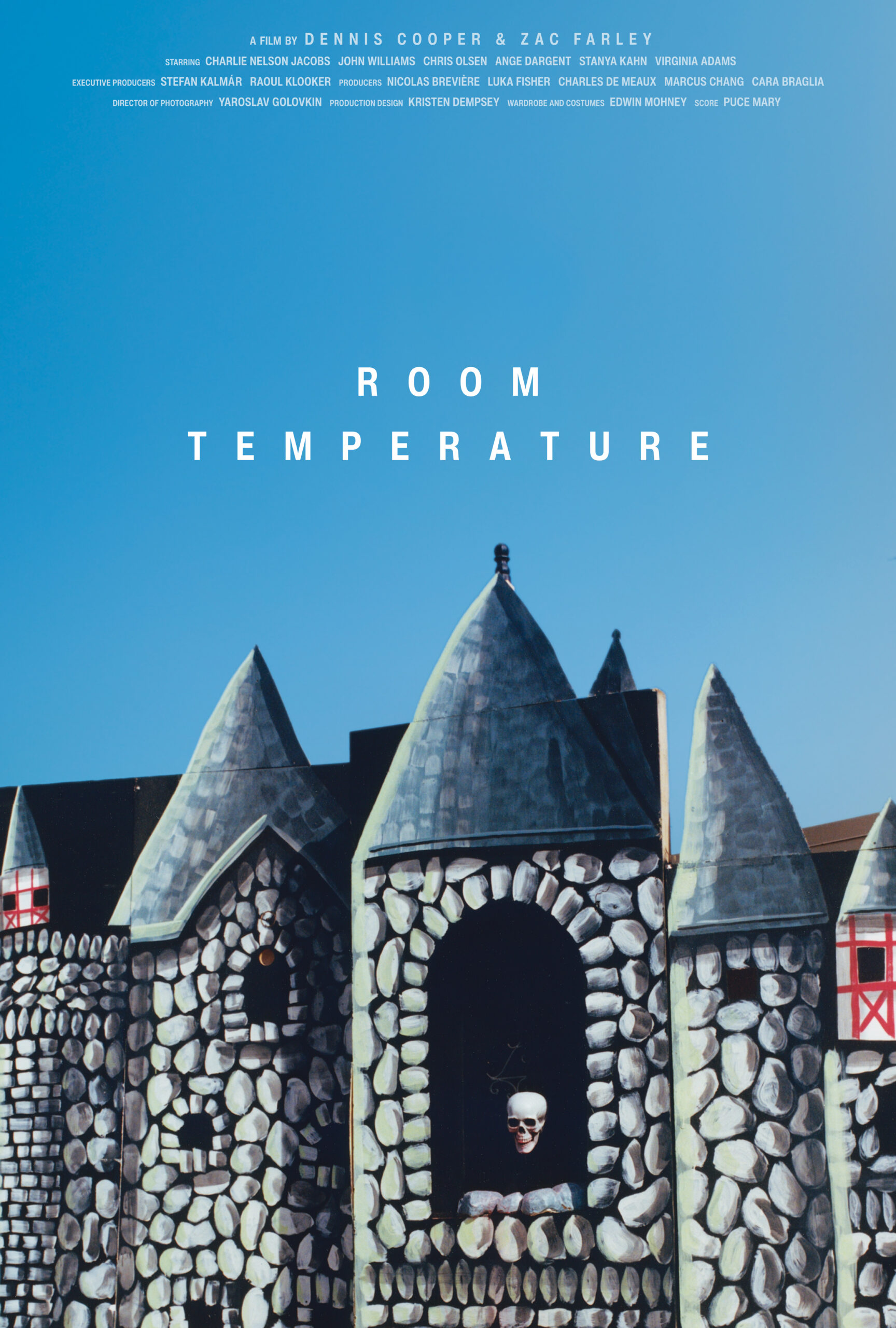



 Now available in North America
Now available in North America 